© paperbacKnow limited 2013 -
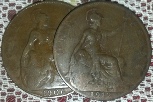
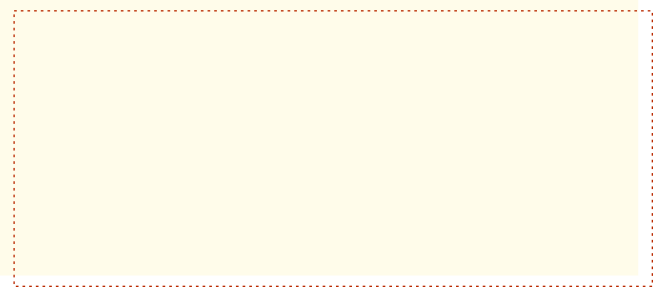

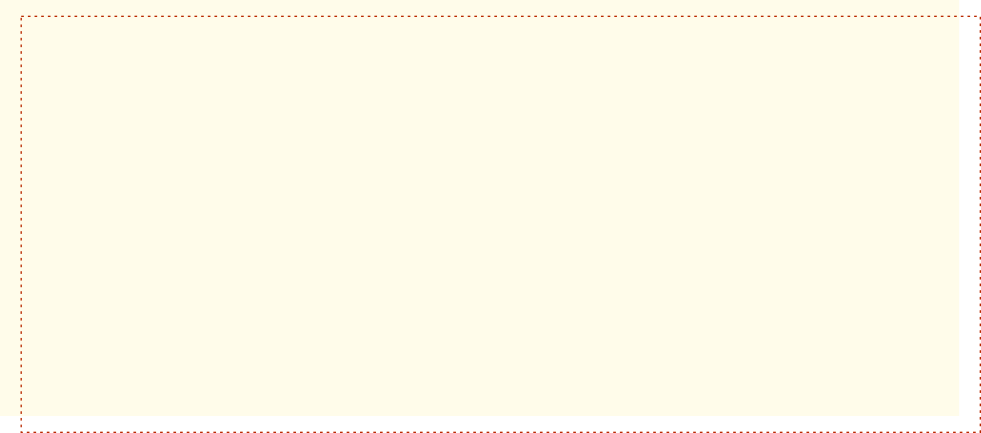



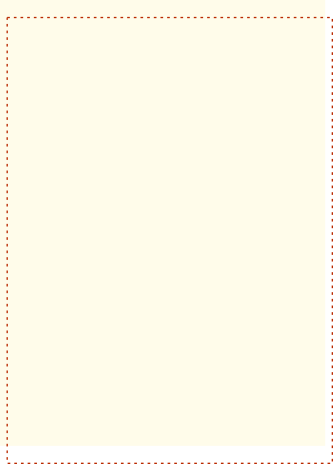


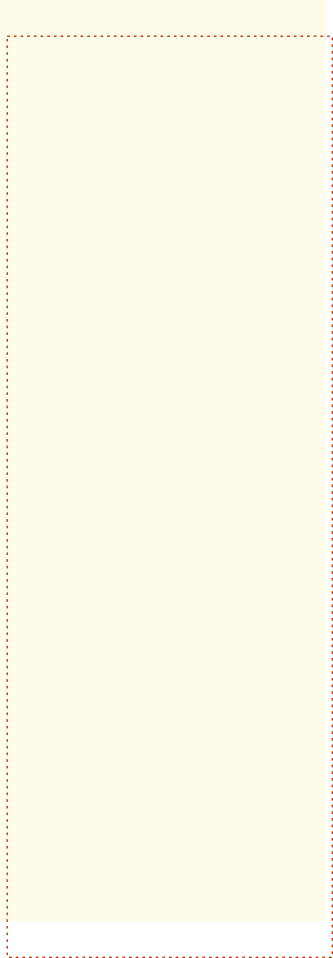
Episode 5 of Tudor Monastery Farm was first screened on 11th December 2013 on BBC2. It is available on BBC iplayer until 25th December 2013.
The episode starts at the meal table where James Clark joins the team for some Pottage and to enlist their help with a planned function at the monastery. He also asks their help in restoring a Corrody ‘in the outer precincts of the monastery’.
The boys set up some wind chimes in an attempt to keep the birds off the pea crop which is maturing nicely.
In the dairy, Ruth skims some cream off the top of the mil to make butter.
Meanwhile, the boys start work on the corrody floor.
Tom sets off to make a book, which is going to be a gift for the monastery. This is a significant project, starting with making the paper.
Ruth stays at home doing the cleaning. With none of the modern cleaning products available, she uses things like salt, boiling water, and sunlight. A particularly useful cleaning product is wood ash, fresh from the fire. To do the laundry, Ruth extracts the active ingredient from the wood ash -
Then its on to preparing for, and holding, the feast. This includes distilling brandy in a still set up back at Weald and Downland.
Pottage
Pottage appears to be an Anglicism of the French word Potage. It is essentially a stew consisting of vegetables (and meat if you could get it) in a thick sauce. It was, for several reasons, the everyday food of the common people in those days. Arguably it still is, since the definition would appear wide enough to cover casseroles and even curries.
James is clearly not impressed. And perhaps rightly so. The nature of Pottage depends somewhat on the ingredients used. And that is the real issue. If the available ingredients were limited, then there is a limit to the Pottage that can be produced.
The Corrody
Nowhere near the monastery but back at Weald and Downland, the ‘Corrody’ is in Poplar Cottage, 1 mid 17th century labourer’s cottage from Washington Common, not far from the museum.
Corrodies were a type of pension often awarded by Bishops to ageing servants. Apart from accomodation, they may have included food, drink and even clothing. Later, wealthy noblemen would effectively purchase corridies for their retiring servants by making a donation to the monastery. However, this practice went into decline as longevity meant that the monastery often incurred costs in excess of the donation.
Poplar Cottage
Poplar cottage stood on its original site until 1982 (although from the look of a picture taken shortly before it was dismantled, perhaps only just). It was reconstructed at Weald and Downland Museum in 1999. As we can see, by 2013 it was in need of a new floor. The old one was cracked and rather uneven and has been used for some time to explain why medieval stools had three legs rather than four. (Four legged stools wobble on uneven ground. Three legged stools do not.) You can read more about Poplar Cottage on the Weald and Downland Museum’s website.
Rushes
Ruth returns to the rushes. Having used some to make rush lights in episode 2, she goes off to harvest a lager quantity to make mats for the relaid Corrody floor.
Her expert here is Linda Lemieux from Chagford in Devon who works in Willow, Rush Wood, Metal and Leather at her workshop. You can find out more at the Wood and Rush website.
The Printing Press
The pages of the book are printed by Nick Smith on an early printing press with moveable type -
Next Wednesday, 18th December, episode 6 covers the harvest and harvest festival.
You can learn more about Tudor Monastery Farm in a BBC book to support the series -
If you like Tudor Monastery Farm, the previous farm series from the same team are all available on DVD.
Paper
Tom goes off to make a book, starting with the paper. So he heads to Frogmore Mill in Hertfordshire where he meets up with Jim Pattison. Calling itself the birthplace of paper’s industrial revolution, it is the world’s oldest working papermill. still producing around 100 tonnes of paper a year, it is also open to visitors. You can learn more on the Frogmore Mill web site.
The Bookbinder
The book is bound by apprentice bookbinder Eve Goodman who will be familiar to viewers of the earlier farm series. She has usually made an appearance at some point as Ruth’s daughter.
A Tudor Feast
This episode illustrated the difference between the pottage on which the common man subsisted (at the beginning of the programme) and the feasts enjoyed by the well to do. This topic was also covered in ‘A Tudor Feast at Christmas’, a Christmas special spin-
Read more about Tudor Monastery Farm Episode 1, Episode 2, Episode 3, Episode 4 and Episode 6.
BBC is repeating Wartime Farm Christmas. Read more here.